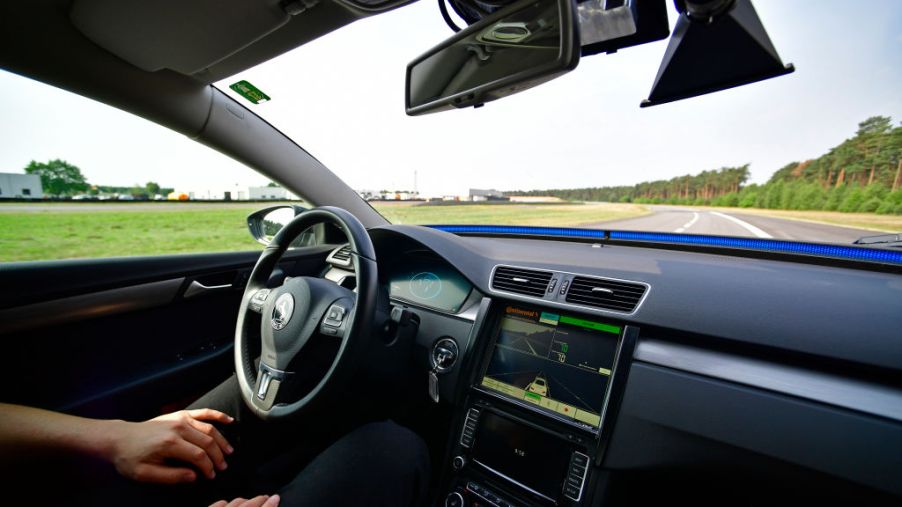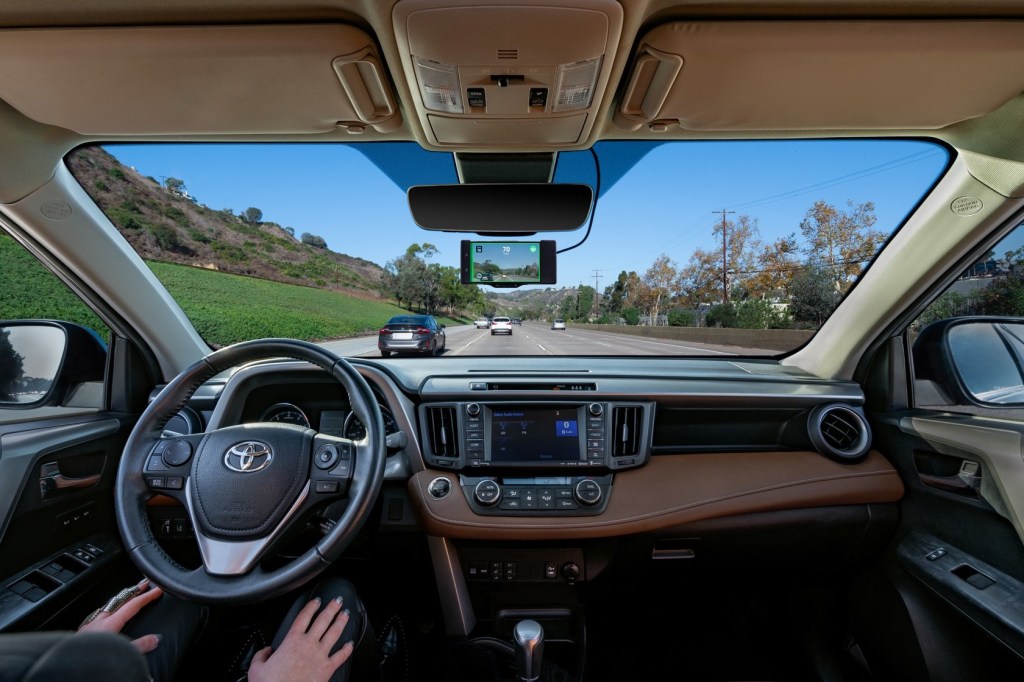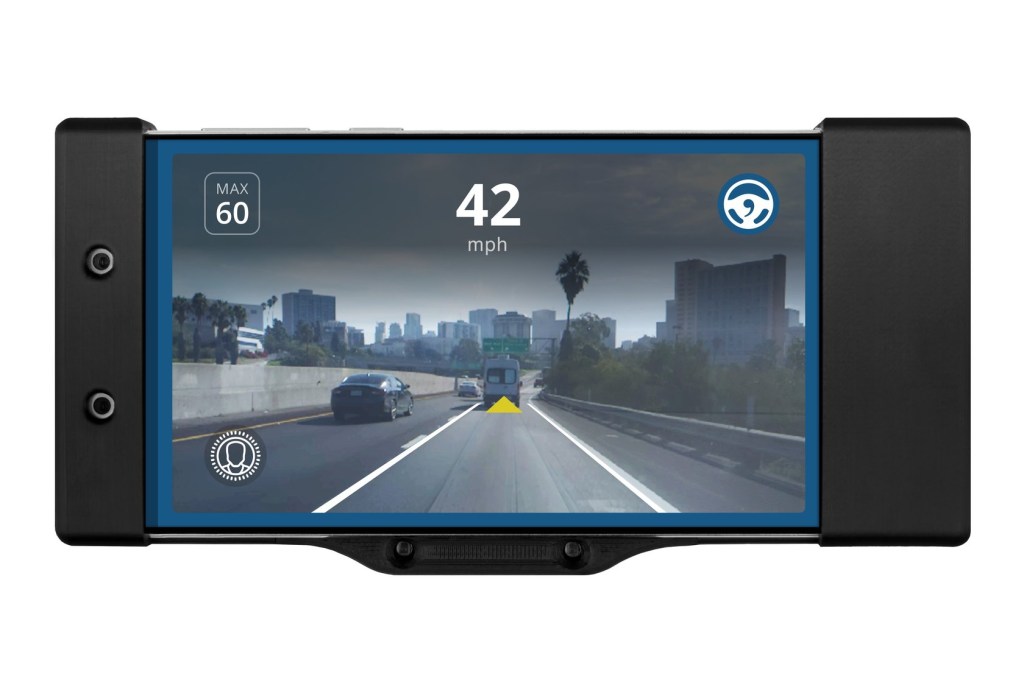
Startup Comma.ai Wants Regular Cars to Drive Themselves
Over the past decade, self-driving cars have been all the rage. So much so that driver-assist features are now standard in many cars on the market and Tesla’s Autopilot feature has been getting all kinds of publicity.
And while we can’t stress enough that the current technologies DO NOT make a car completely drive themselves, the folks over at Comma.ai are working hard to get your car ever so closer to that dream.

Comma.ai
Comma.ai has been around for the past few years, albeit with a little bit of a rocky start. As anyone might expect, a company with a goal of developing a semi-automated, do-it-yourself autonomous driving system would have a tough time getting started, let alone getting the public to be open to its product.
Back in 2016, the company released OpenPilot, an open-source program that is intended to imbue cars with self-driving capabilities by using the existing cameras and sensors from the OEM driver assistance systems. Comma.ai released OpenPilot as an app that users could download onto their compatible smartphones as a self-driving add on.
The system eventually evolved into the “Comma One,” a pre-packaged kit that was basically a modified OnePlus smartphone connected to a wire harness, which then connected to the vehicle’s CAN (controlled area network) bus. With everything connected, the OpenPilot program would issue commands to the car and datalog any “disengagements,” or times when the system was manually overridden by the driver.
With all this data and a series of trials and errors, Comma.ai developed a more user-friendly system named the “Comma Two,” which they released and demonstrated at CES in Las Vegas in January of this year.
Comma Two
The Comma Two is a self-contained unit with the OpenPilot program already installed on it. The unit is a large improvement over the previous version in that it utilizes a single wire that plugs into the car’s front windshield camera and then to the on-board diagnostic (OBD) port for power.
Plugging into the OBD is also what allows the system to handle the driver-assist features and datalog the driving data after each drive. This data is then sent to Comma.ai’s servers for machine learning and development purposes.

More than just driving
The Comma Two unit is placed on the windshield below the rearview mirror. It does more than just watch the road, though, as it has a front and rear-facing camera, the latter to monitor the driver’s eye movements and face in order to detect if the driver is distracted or tired, which it will then decelerate the car. The system even has two infrared sensors to that it can monitor the driver at night time.
As far as how it works, the Comma Two can currently detect lane lines and center the car on the road as well as handle stop-and-go traffic. It does navigate through turns well, and even does lane changes, provided that the driver still has to manually signal the car and make sure that the blind spots are clear. As of now, the system does not anticipate every driving situation as well as a human. In fact, It still can’t handle stop signs or red lights yet.
The Comma Two went on sale in January for $999, plus an extra $200 for the wire harness. Keep in mind that the system isn’t compatible with every car, the drop-down menu on the site will tell you which ones are.
Getting closer
In essence, the Comma Two system is a lot like Tesla’s Autopilot or Cadillac’s SuperCruise system in that it’s like putting your car’s driver-assist features on steroids. While you can technically take your hands off the wheel when the system is engaged, it’s not recommended.
However, we like that there are companies like Comma.ai that are working to make driving safer. Especially in times like these when cars are getting more advanced and drivers are getting a little more nonchalant about driving them. While the system cannot technically drive the car for you, it will at least take care of a lot of the fatigue of stop-and-go driving. Just make sure to keep your eyes on the road.



